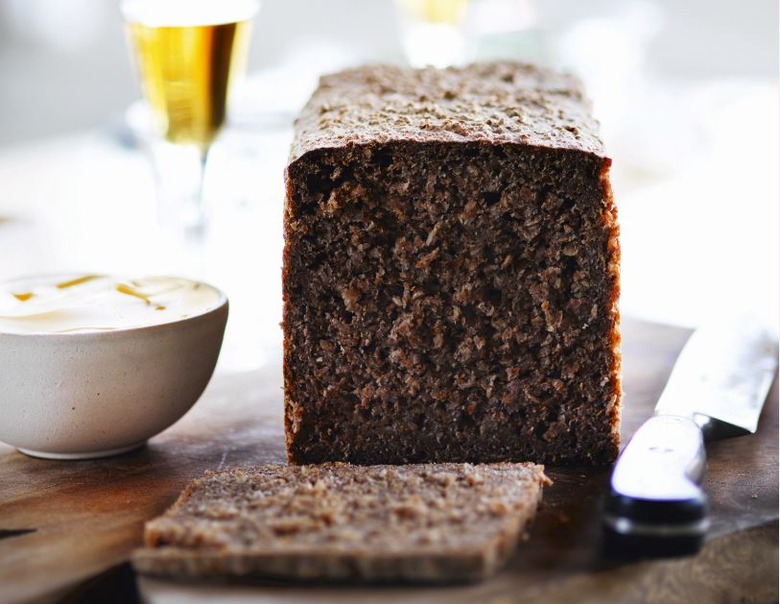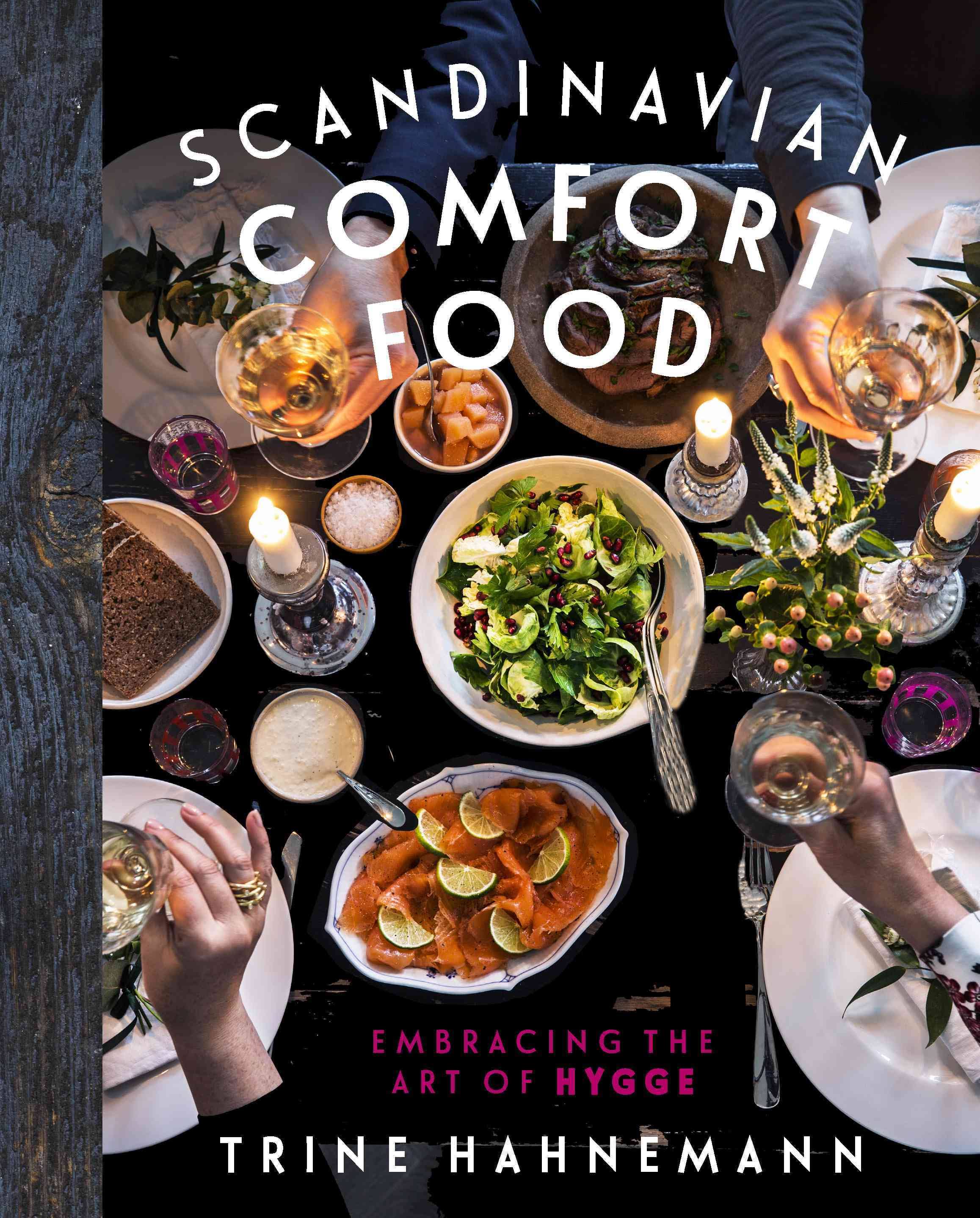Embracing The Art Of 'Hygge' With 'Scandinavian Comfort Food'
We may receive a commission on purchases made from links.
Hygge is a Danish lifestyle concept denoting comfort, warmth, and happiness. Cookbook author Trine Hahnemann channels this concept into her food, which she and shares with us in her new cookbook, Scandinavian Comfort Food: Embracing the Art of Hygge. She writes that, to her, hygge is:
"Talking over a cup of coffee and a slice of homemade cake, cooking for other people, taking a little more time over breakfast, baking a loaf of bread on the weekend, hosting a summer party full of fresh food, love, laughter, settling in for a long evening at home with a bowl of soup and a glass of wine— these are the simple pleasures that are easy to create and immeasurably rewarding."
The word does not translate directly into English, but hygge in ingrained in Danish culture as an expectation; and, moreover, the absence of hygge is "defined and recognized," Hahnemann says.
In food culture, hygge embodies the enjoyment of eating, albeit without gluttony. Instead — and as I understand it — hygge could be defined as eating good, nourishing food and reveling in the moment you take a bite, or, more generally, it is the art of sharing good meal with friends and family.
Importantly, Hahnemann's recipes are a celebration of real food: She keeps a varied and balanced diet dictated by the seasons and purchases organically grown ingredients. The book features indelible Nordic recipes often sprinkled with international influences like her White Osso Buco and her Nordic Quinoa Salad. Hahnemann also shares recipes for Duck Legs With Potatoes, Apples, and Brown Cabbage; Creamy Barley Courgette and Mushroom; Winter Apple Layer Cake; and Scandinavian Rye Bread.
I had the chance to catch up with Hahnemann to find out more about her cooking style and approach to food. For the interview, keep reading below:
The Daily Meal: What is your philosophy of cooking?
Trine Hahnemann: I believe in seasonality and using a lot of vegetables in your cooking. I use my tradition, but I let inspiration from other parts of the world enter my kitchen.
I also think cooking at home should not be too complicated. I think it´s important to put a bit of planning into the everyday meal, and not just start thinking about it when you start getting hungry. Cooking and eating should be joyful and full of love. Cooking should not feel like a burden and eating should not be full of rules and abstinence. Cooking for me is a way to show your love for other people.
How did it inspire the recipes you chose to include in this book?
My life — this is the way I cook and eat. I wanted to share the recipes I like to cook for my friends and family. Then I really wanted to share the modern Scandinavian comfort food. What we cook on an everyday basis, what our celebrations are like, and how to incorporate hygge into the daily eating.
What is your favorite recipe in the book and why?
Impossible question to answer! I wake up every day and look forward to what is going to be on my cooking and eating list. Especially if I am at home cooking in the kitchen, I'm planning what to cook for the days ahead. I can tell you the next thing I will be making: meatballs in celeriac sauce with a kale salad, and citron fromage for pudding.
How do you hope readers will use this book, and what do you hope they take away?
I hope they take the book into the kitchen and use it as inspiration for everyday cooking; I hope they get encouraged to use more vegetables, and I also hope that people enjoy reading my personal stories about what food means to me.
Anything else you would like the share?
Scandinavian food culture has a lot to offer: It is much more than rye bread, herring, and salmon. I think hygge is important, but in that context, it is very important to create a society where food is valued and where families have resources and money to have shared meals every day. Hygge is about everyday life, it's about all the little moments where you are present and create something authentic, almost without noticing.


